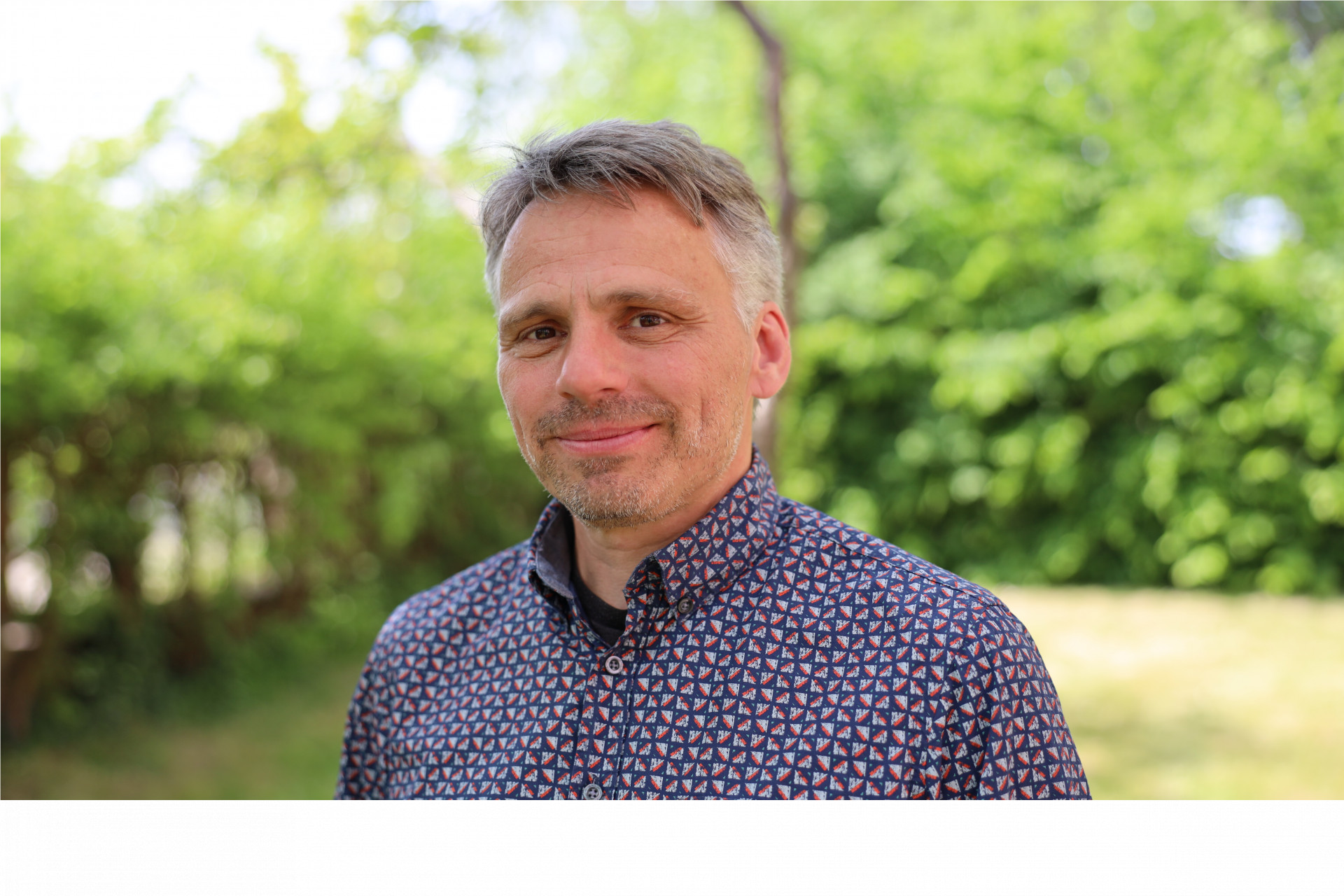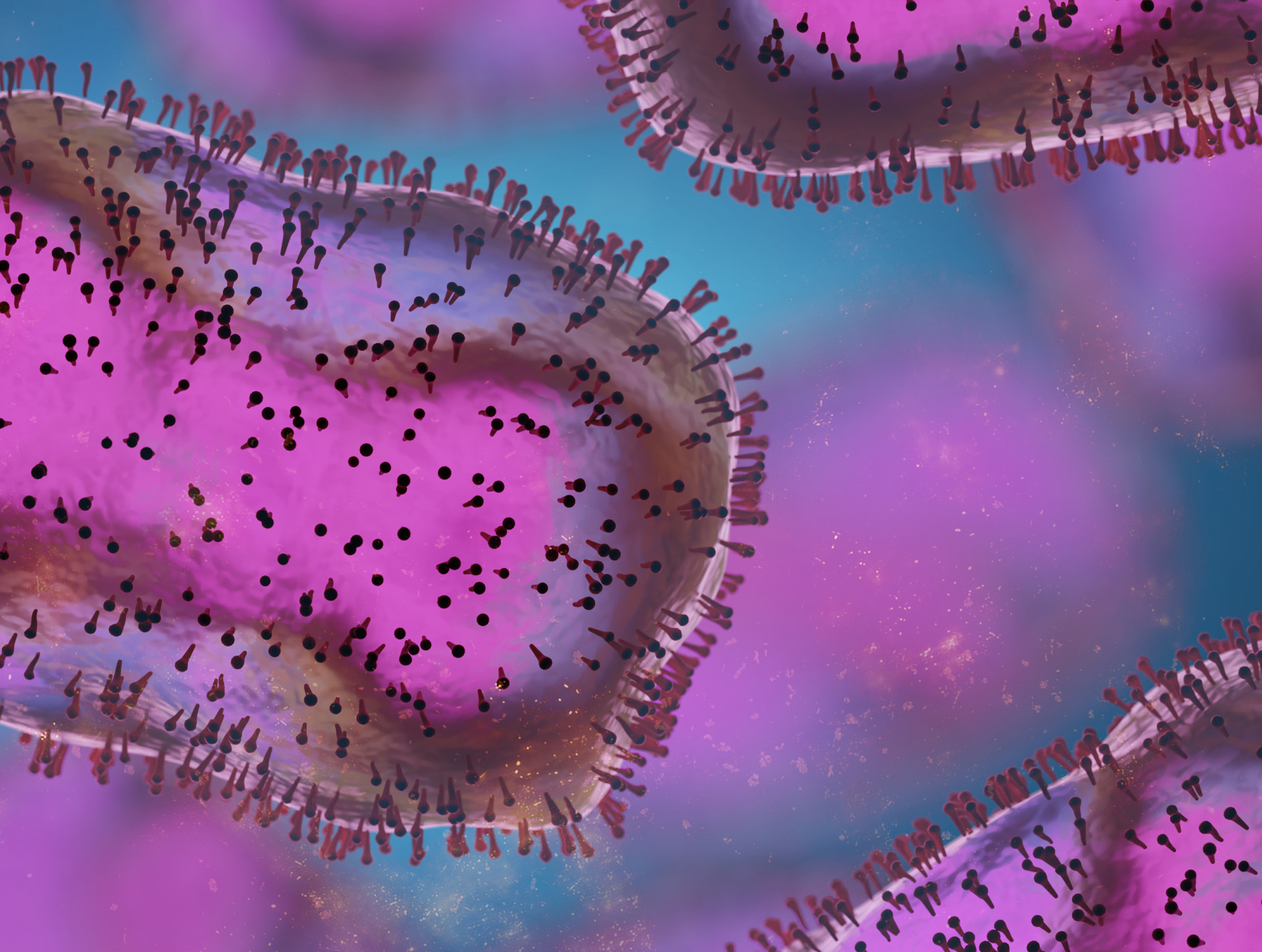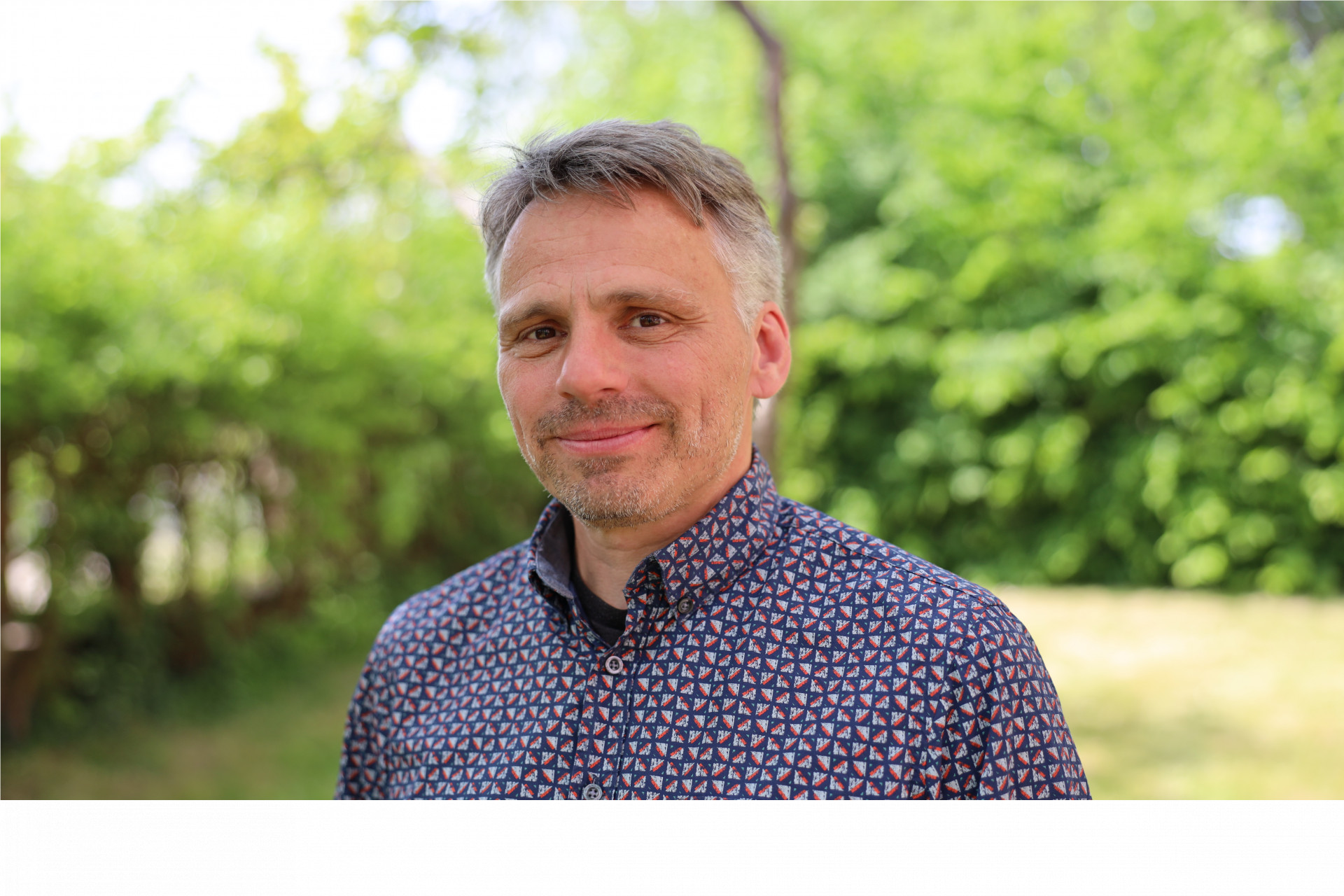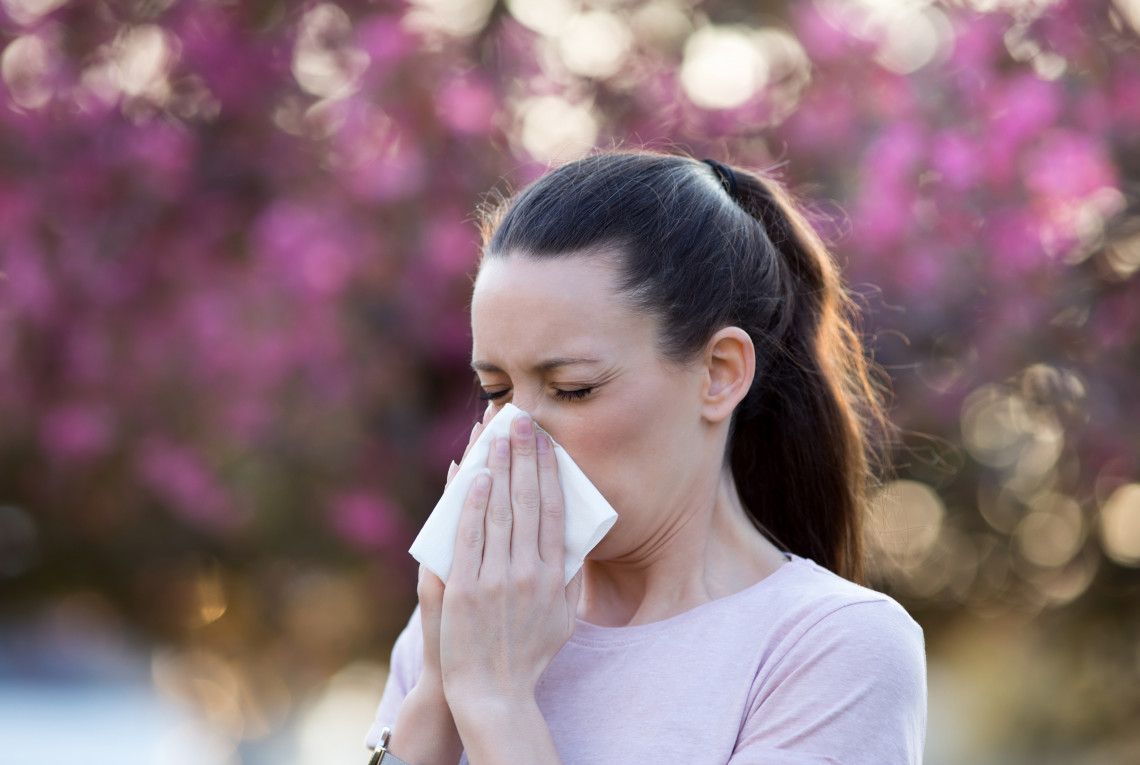Zoonoses in times of climate change: humans, animals, mutations


Humans are encroaching more and more on the natural world, leading to more contacts between people and animals in which diseases can be transmitted. COVID-19 and monkeypox are the most recent examples. Climate change is exacerbating the problem by forcing many animals to move to new areas. They can bring diseases with them. Vaccinations can help, but we need other ways to reduce the risks.
It is common knowledge that diseases like rabies, Lyme disease, and avian flu come to us from other species; in some cases, their names tell us that. But even the flu and measles are zoonoses, i.e. diseases that infect both animals and humans. According to current scientific knowledge, SARS-CoV-2 was probably transmitted from bats to humans. In evolutionary terms, such transmission is nothing unusual since humans are descended from the animal kingdom.


Not really predictable: old diseases taking new routes
“Zoonoses are actually perfectly normal diseases caused by agents that originally specialized in a group of selected animal species,” says Hans-Hermann Thulke, a mathematician who heads the Ecological Epidemiology Project Group at the Helmholtz Centre for Environmental Research. “Because of species adapted to human activity, habitat destruction, climate change, and especially globalization, these agents are coming into contact with people more and more often, or appearing in other regions.”
Thulke develops ecological models of how harmful organisms spread in animal and human populations. These models are used to develop decision support tools and strategies for the agencies that are responsible for managing animal diseases. The models are based on empirical agricultural data and climate parameters, as well as information provided by virologists and immunologists about the characteristics of a pathogen. Social aspects, for example the extent to which the behavior of certain age groups speeds up or slows down the spread of a virus, also play a role in Thulke’s models. “The size of such a model is a question of computation time,” he says. “But beyond the regional level, for example for the entire EU, computing becomes less precise because such large study areas are seldom uniform in terms of possible influencing factors.”
Civilization meets nature: Hello, stranger
Where natural landscapes change, so do the habitats of animals and plants, and with them the opportunities for pathogens to jump from one host species to another species which was previously not available to them (at least not to this extent). “One situation where this can happen is when people encroach on the habitats of other species,” Thulke says. For example, Kyasanur forest disease is widespread in the Indian state of Mysore. In humans it causes headaches, backaches, limb pains, fever, vomiting, diarrhea, and intestinal bleeding, and can even be fatal if untreated.
The virus infects small mammals such as rats and shrews in the local rain forest and is transmitted by several tick species. Only one of those, Haemaphysalis spiniger, infects humans. The usual host for this tick is the ox. “When people move into natural areas to grow rice, their oxen – their work animals – roam into the neighboring rain forest, where they can become infested with ticks that are infected by the virus,” Thulke says. “These tick populations enter the villages with the cattle and can spread the infection to the people living there.”
Climate change in turn is forcing animals to use their habitats differently or to leave them – possibly as carriers of pathogens that can also be transmitted to humans. “If these animals can establish themselves where we are, they will bring their pathogens with them,” Thulke says. “In this regard, no zoonosis actually comes into being – instead, existing diseases become potential dangers to us.”
The pathogens
Zoonoses can be caused not only by viruses but also by bacteria, fungi, parasites, and prions. The latter are proteins that occur in humans and animals in both normal and harmful forms. They can “transfer” pathological structural changes to other proteins; this is the case for Creutzfeldt-Jakob disease.
Flying around the world
The likelihood that a regional epidemic could become a global pandemic has grown in recent decades, due to the enormous mobility of modern humans. With airplanes, we now bring pathogens to places they would never have reached without our help. This has already happened occasionally over the centuries, by land or sea. The best known example of this is the plague, a zoonosis that affects rodents and is transmitted from them to other animals and humans. The deadly Ebola virus has not yet reached the globally connected megacities; the less harmful monkeypox only did so recently. From big cities, diseases can be spread very quickly worldwide via air travel – in cities and rural areas alike. This is how a once regional problem can become a global one.


Pathogens are fast, our immune systems unprepared
“Zoonoses are a potential threat to human health mainly because our immune systems are not prepared for them,” says Fabian Leendertz, Director of the Helmholtz Institute for One Health (HIOH), which was founded in April. “Besides that, new generations of viruses appear much more quickly, so viruses evolve much faster than humans do.” That means the pathogens can adapt to environmental changes in a very short time. An example, seen over the past few years, is the constant discovery of new COVID-19 variants that arise through mutations.
Modern methods of vaccine development have proven extremely effective against a variety of zoonoses. However, the ability of pathogens to adapt quickly via evolution means that they can develop resistance to vaccines and medicines. This risk enhances the threat posed by zoonoses. Consequently, a focus of research at HIOH is the threats posed by the appearance of novel pathogens and by changes in known pathogens, including their antimicrobial resistance to common drugs and vaccines. However, the institute takes a broader interdisciplinary and systemic approach. “We have a special focus on the prevention of disease outbreaks and on preparation for future pandemics,” says Leendertz, who is a veterinarian by training. Dialogue plays an important role, for example exchanging information about hygiene methods that are adapted to different lifestyles.
A further aspect is the timely collection and analysis of data. The better laboratories around the world are networked and the more digital health enables diagnoses to be relayed even from remote villages, the sooner zoonoses can be identified: so that small fires can be stamped out before they become uncontrollable conflagrations.



